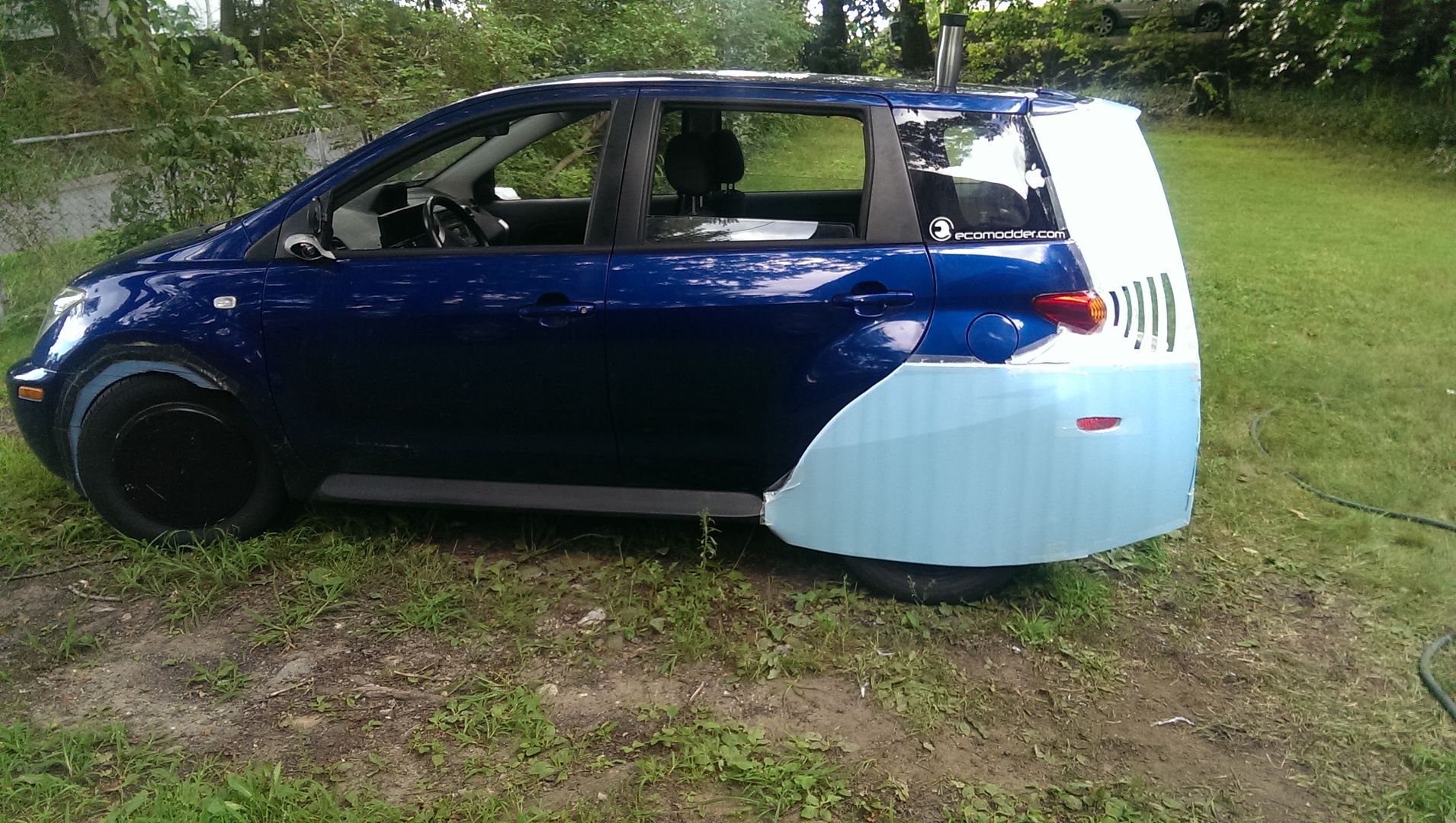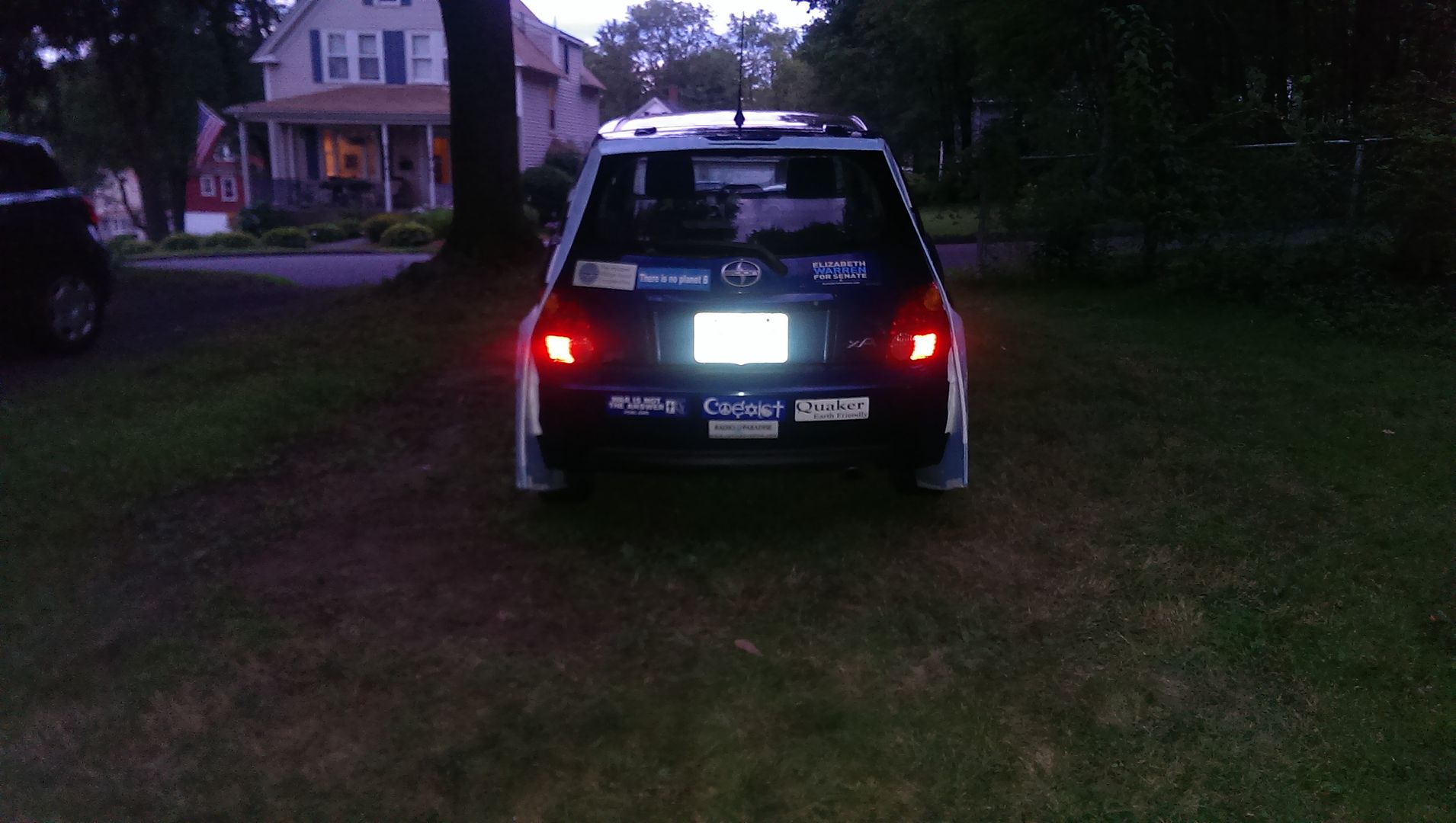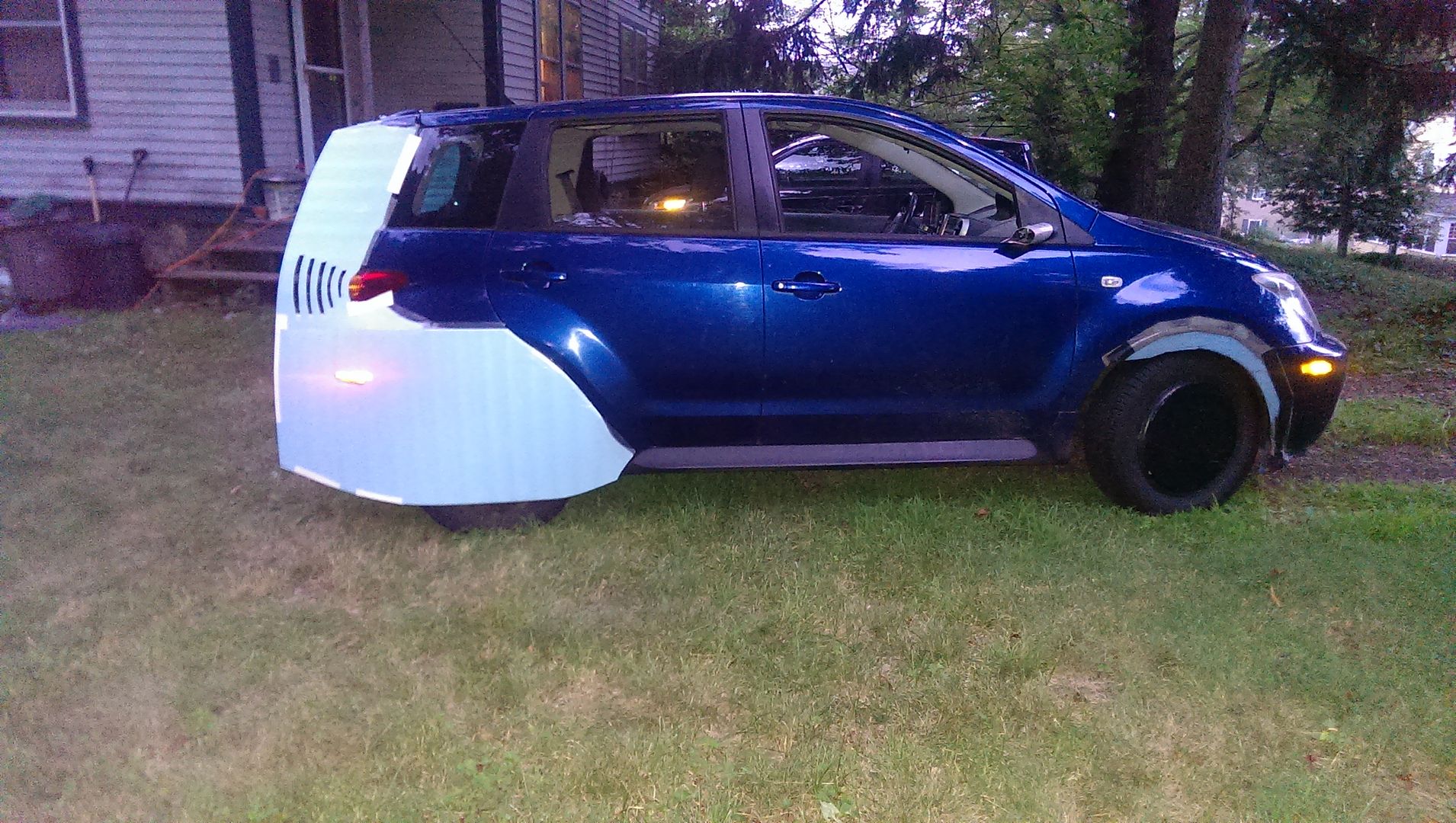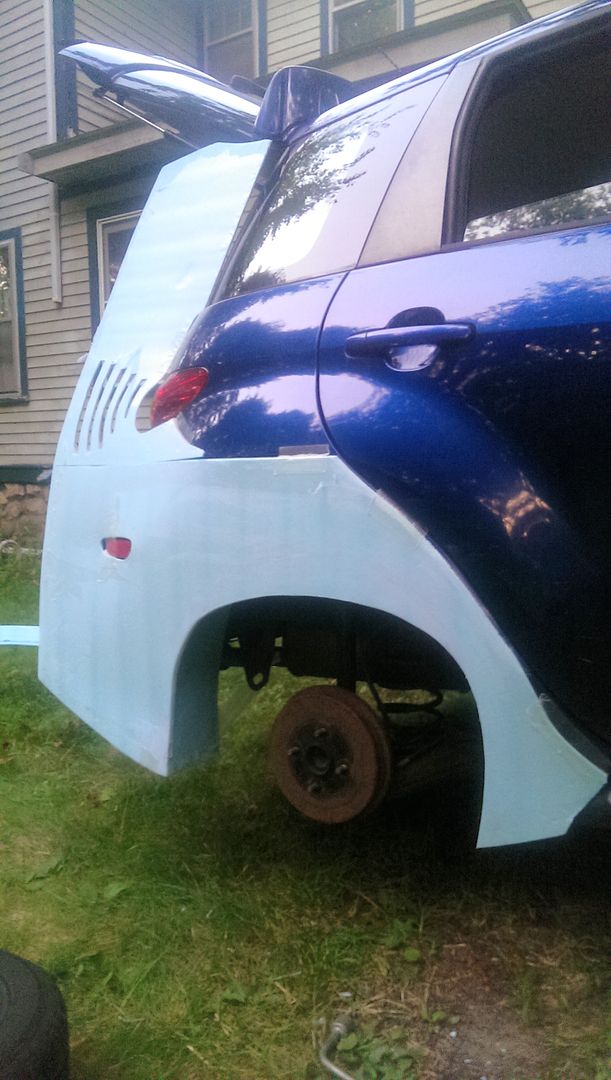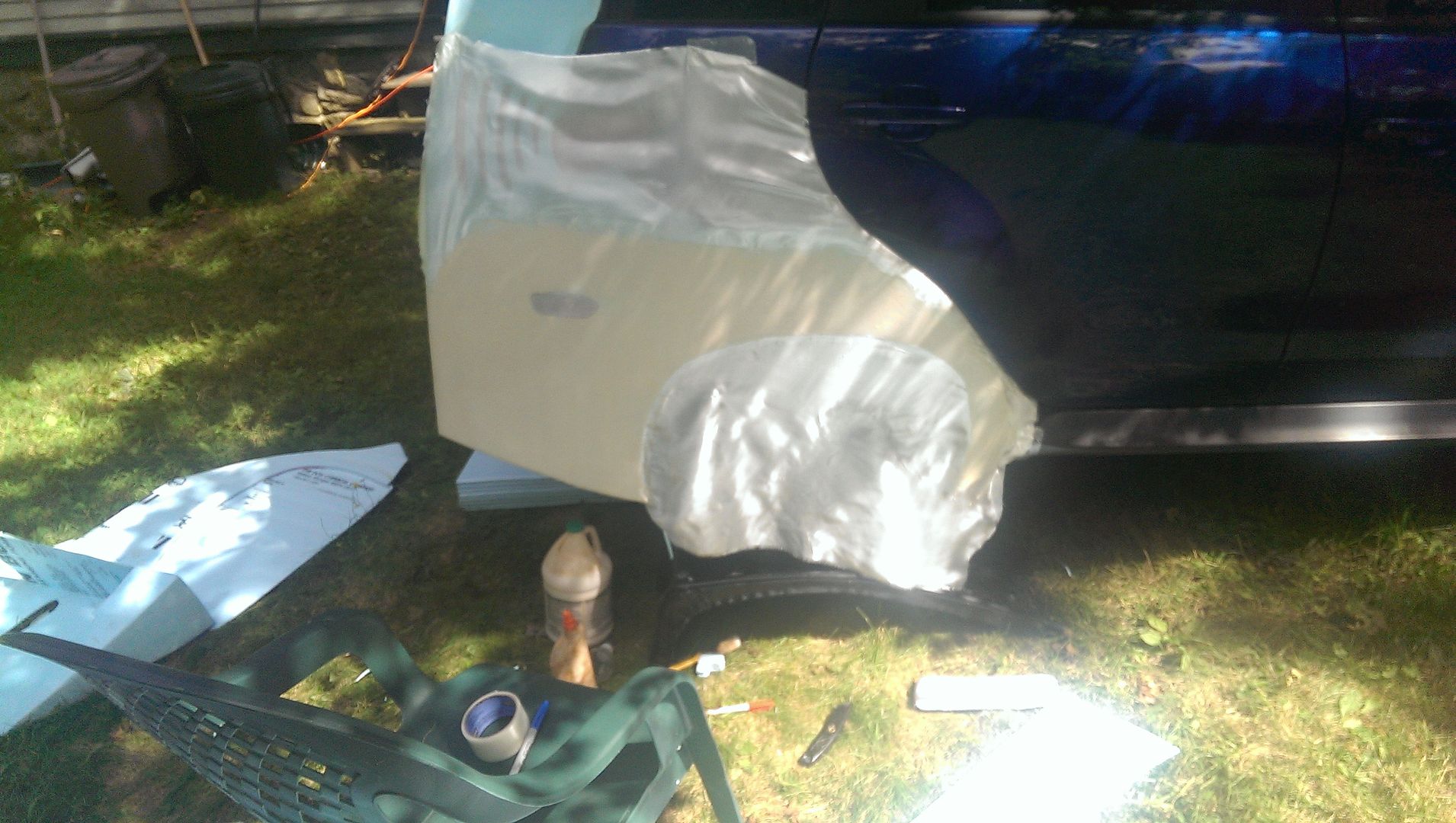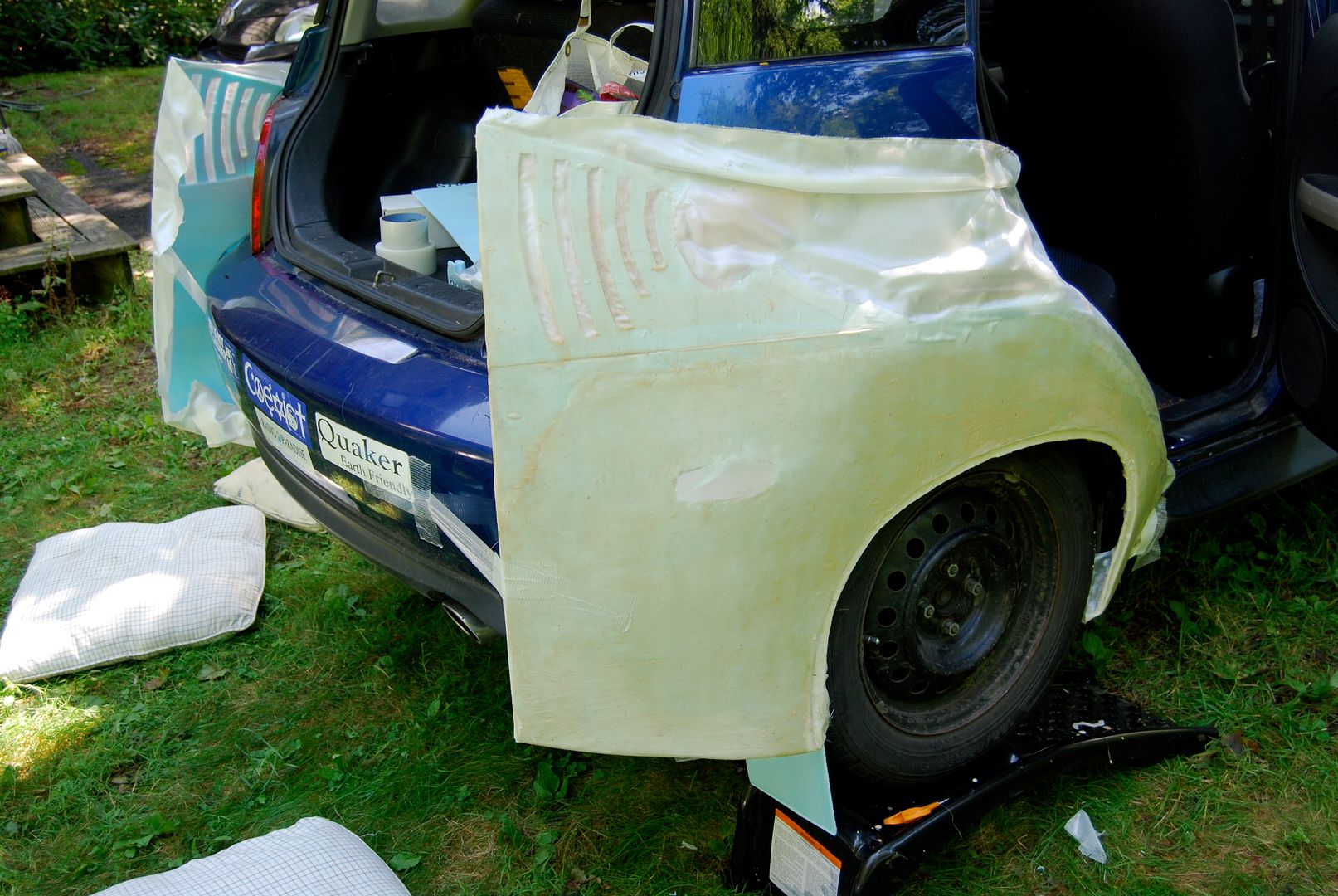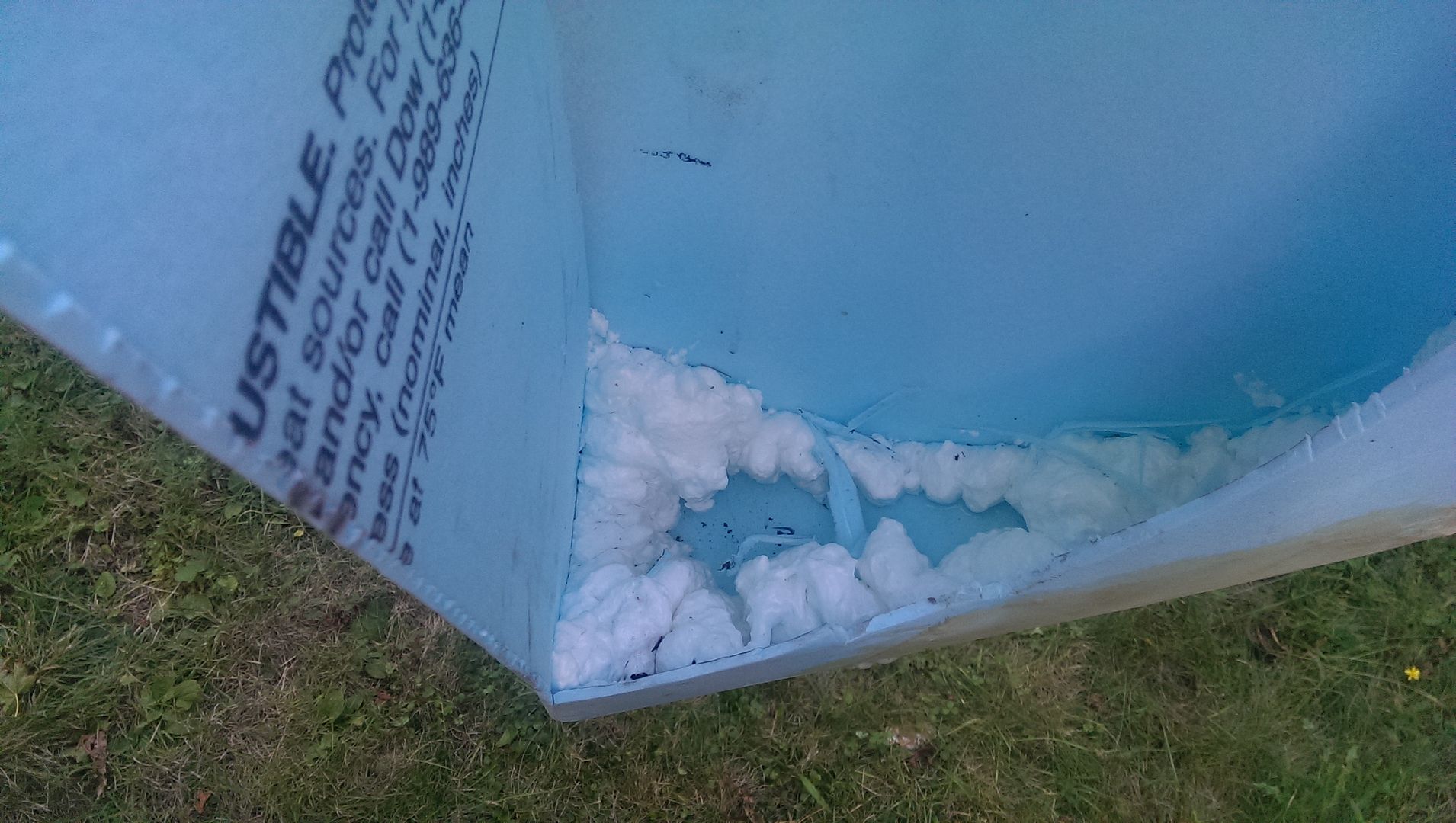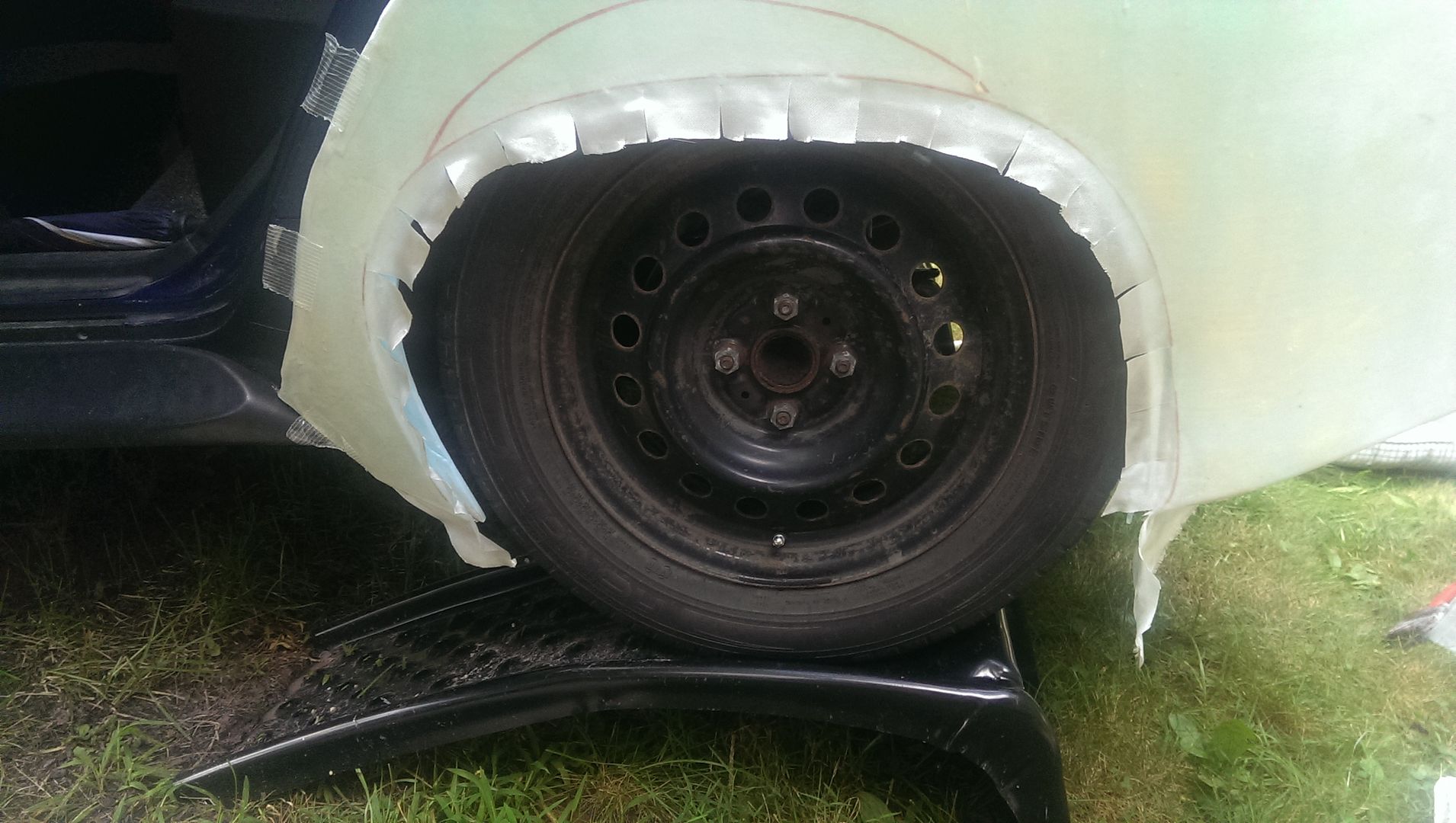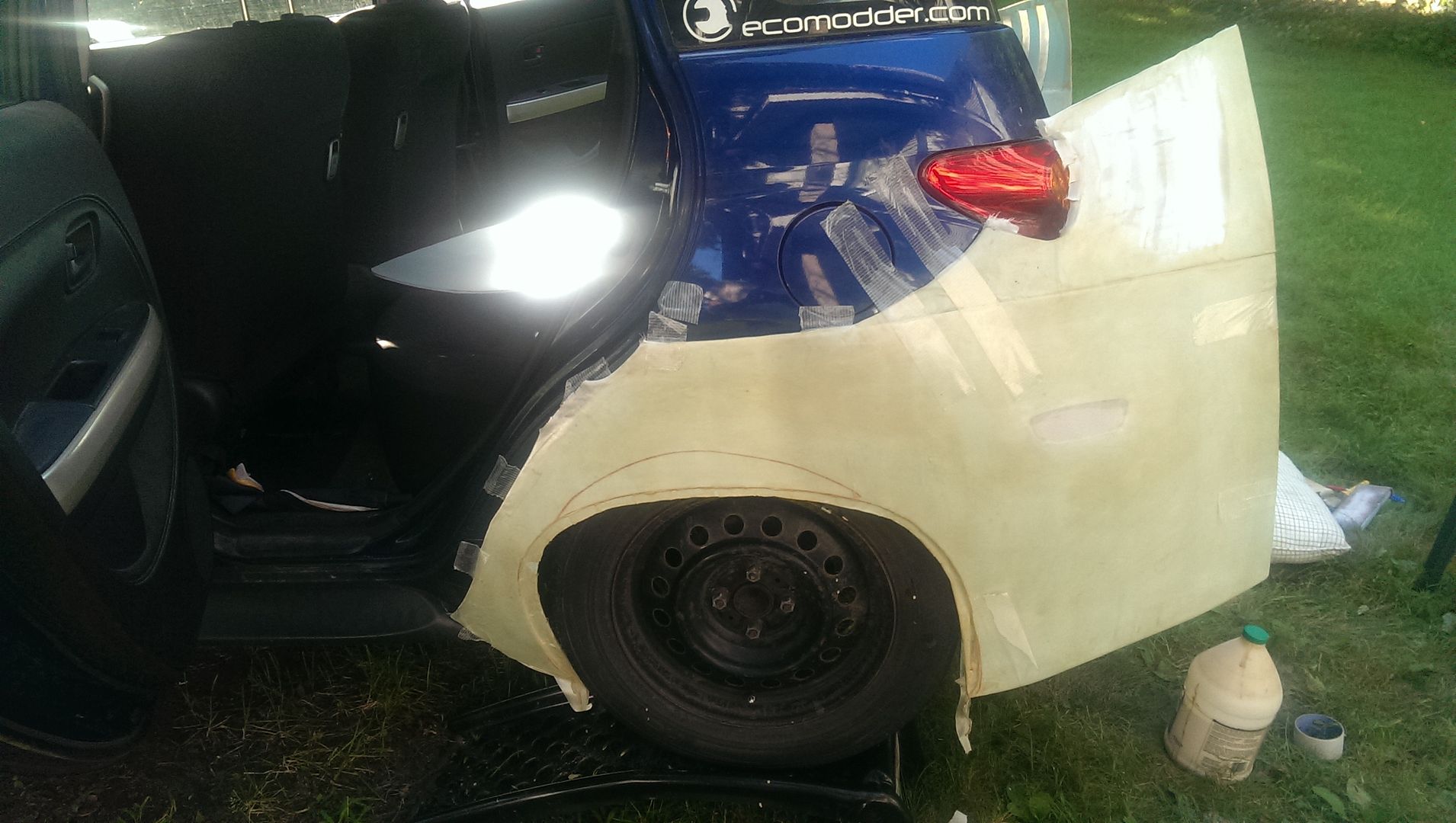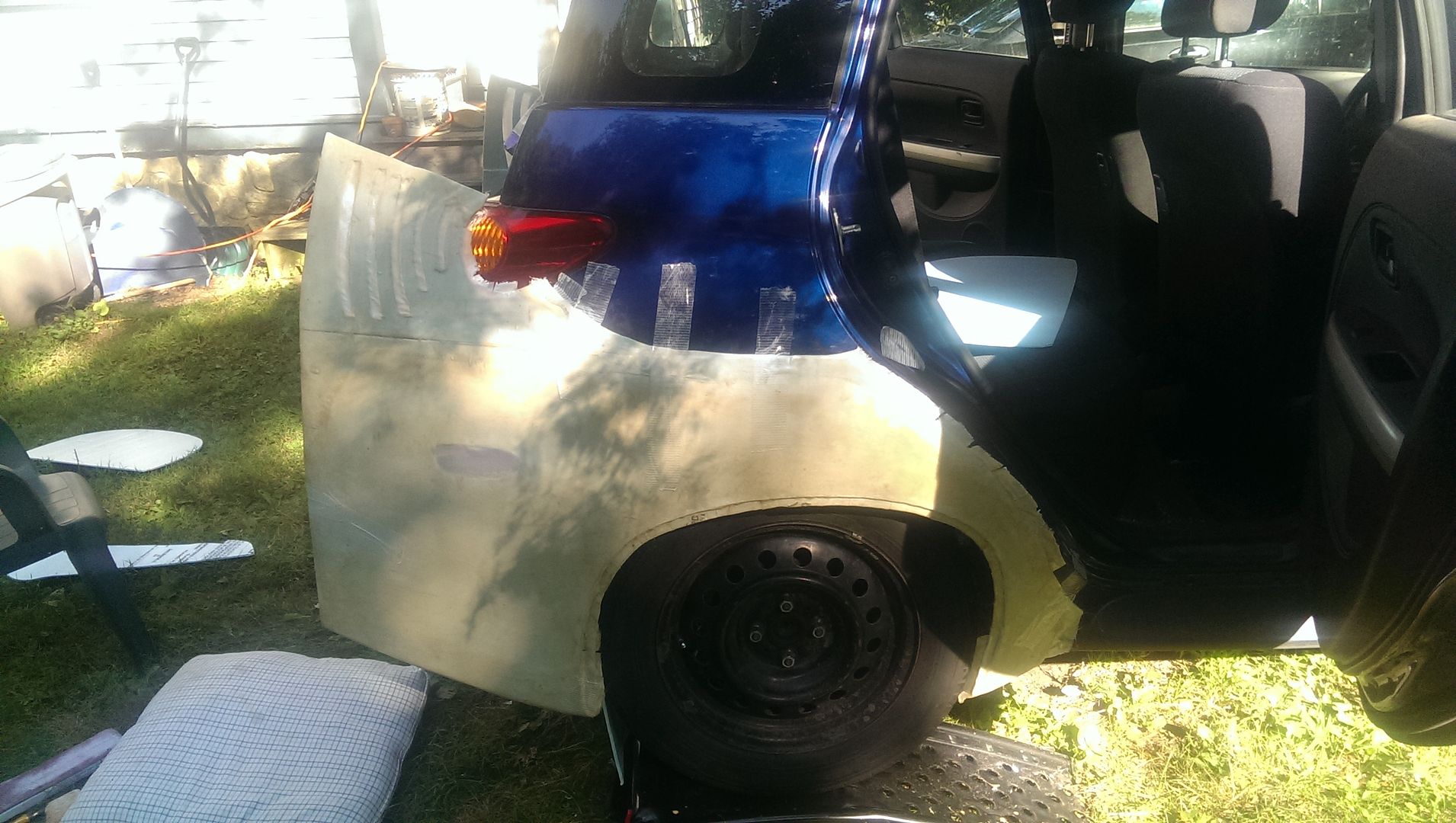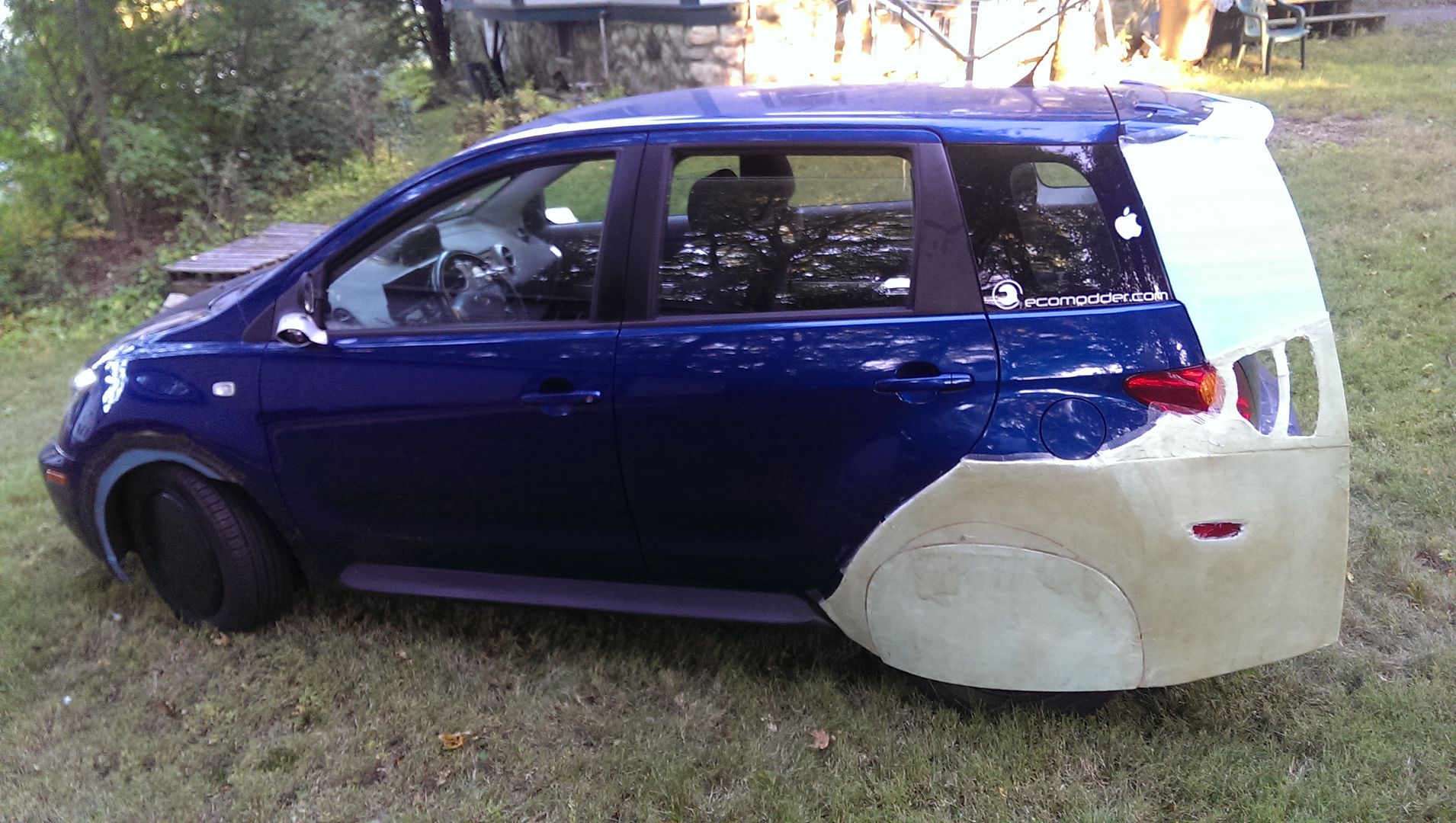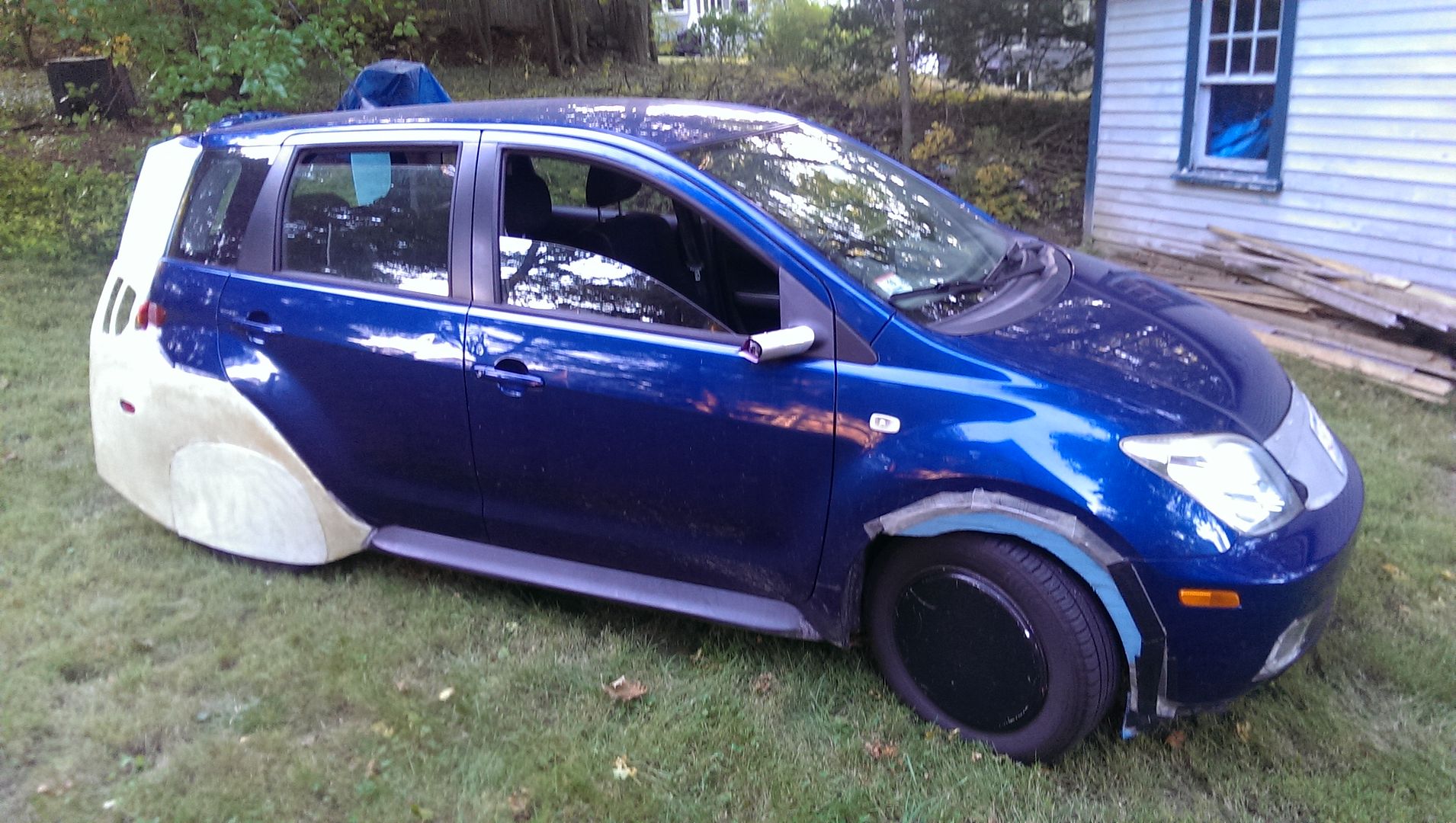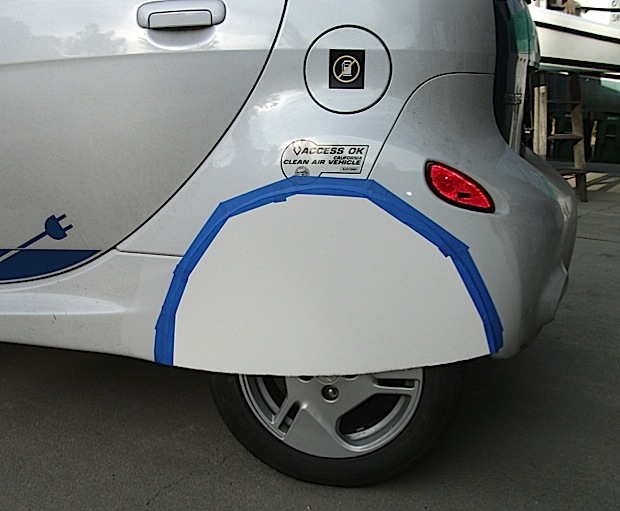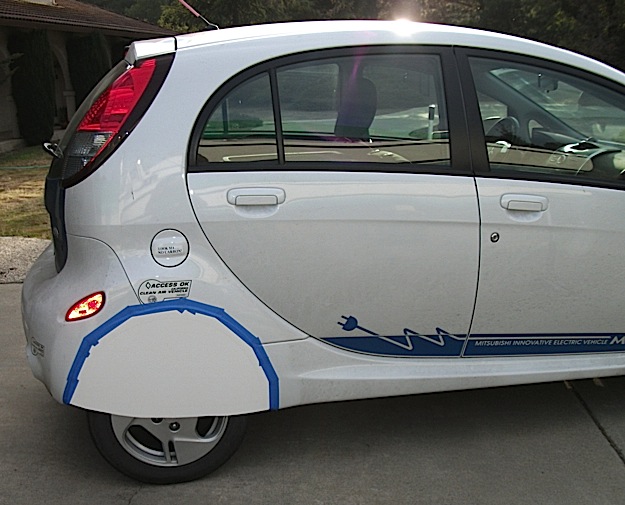Didn't you know, it's much easier to work on the underside of the car when it's on its side! Looks like they forgot to put down the obligatory mattress. :roll:PV1 said::!: :?: :!: Why is there an i-MiEV laying on its side?:shock: :?

Yes, I had seen that emergency response training photo - they evidently had a hard time getting the iMiEV to stay on its side in the first place.
With drag force proportional to the product of Cd and cross-section area, in the example Mart provided the Dart still has a lower drag force than the i-MiEV for any given speed.
The NA iMiEV appears to have a fairly-clean underside until we get to the drivetrain area. When I was lying under the car yesterday I considered perhaps a flexible (heavy fabric?) cover under everything and connecting to the aft bumper; however, such a cover would unfortunately trap everything from snow to water to pebbles…
We're planning a long (>200-mile) trip on New Year's Day with the iMiEV - the fender skirts have survived about 50 miles so I'll leave them on - probably it's my imagination, but the wind noise in the back seems a bit more muted.




